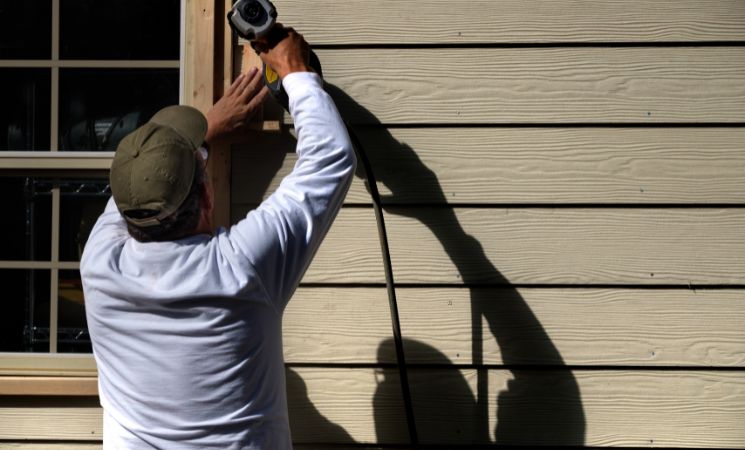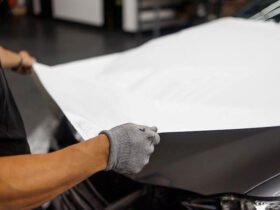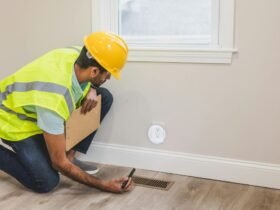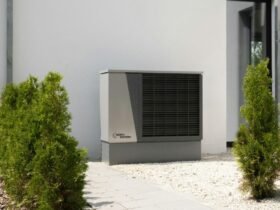Introduction to Siding Replacement
Revamping your home’s exterior is exciting, especially when it involves new siding. Apart from significantly boosting curb appeal, replacing your home’s siding is a key protection against harsh weather conditions. Siding is a barrier, safeguarding your home’s structure and interior from moisture, wind, and debris. It’s not only about aesthetics; adequate siding replacement enhances energy efficiency, escalating overall home value and reducing energy costs over time.
Considering these factors, it’s essential to approach siding replacement with the correct information. This guide aims to provide homeowners with critical insights and practical tips on undertaking a successful siding replacement project. Whether you are dealing with outdated siding or simply looking to refresh your home’s look, understanding the process and options can significantly affect the outcome.
Signs It’s Time for New Siding
Is it time to replace your existing siding? Several clear signs can indicate when new siding is required. Common indicators include visible damage, such as persistent cracks, warping, or bubbles forming under the surface. These issues often suggest that water has become trapped beneath the siding, leading to potential decay. Unexpected drafts near walls, especially during cooler months, may also signal that your current siding is not providing proper insulation.
Another telltale sign is a noticeable increase in energy bills. If your heating or cooling costs rise despite consistent usage, it could be due to compromised siding that no longer effectively insulates your home. Ignoring these problems can lead to further structural damage, possibly requiring even more extensive and expensive repairs. By addressing siding issues early, you maintain the integrity of your home’s exterior and protect your investment for years.
Choosing the Right Materials
Selecting suitable siding materials is a pivotal step due to the variety of options available. Vinyl, wood, and fiber cement are the most popular choices, offering distinct advantages and disadvantages. Vinyl siding is cost-effective and durable, making it a popular choice. However, while it is resistant to harsh weather, it may lack the aesthetic appeal of natural wood. Natural wood provides a timeless, classic look but requires significantly more maintenance to prevent rot and insect infestation.
Fiber cement is highly durable and resistant to common problems like pests and decay, providing the look of masonry, stucco, or wood while avoiding the same hazards. It’s considered a premium siding material and offers phenomenal longevity and resilience. When making your choice, ensure it aligns with the local climate, your budget, and your home’s architectural style to achieve a harmonious and practical upgrade.
Preparing Your Home for Installation
Proper preparation is vital before the installation process begins. Start by clearing the work area, removing outdoor furniture, and protecting landscaping around the perimeter of your home. Ensure children and pets are kept from the site to avoid safety hazards. Providing unfettered access around the house helps contractors work more effectively, lowering the danger of accidents or damage.
Utilizing a comprehensive remodeling project checklist ensures that every aspect of your home is ready for transformation. Preparation also involves discussing the timeline with your contractor to align expectations and plan for days when the project may interfere with daily activities. Furthermore, understanding the materials used and coordinating temporary relocations during particularly intrusive stages can minimize disruption to your routine.
Aftercare Tips for Long-Lasting Siding
Regular maintenance is essential for increasing the durability of your new siding. Establish a routine for cleaning the siding, removing dirt, and preventing buildup. This can usually be done with a garden hose, but tougher stains may require gentle scrubbing with soapy water. Regular inspections are also essential; look for any symptoms of deterioration, such as loose or cracked panels, and treat them immediately to avoid escalation.
Consider scheduling bi-annual inspections to keep your siding in top shape. Addressing minor issues quickly can prevent costly repairs, ensuring your investment pays off in maintaining the beauty and functional home protection that quality siding provides. A proactive approach to maintenance ensures your siding remains a resilient barrier against the elements.













